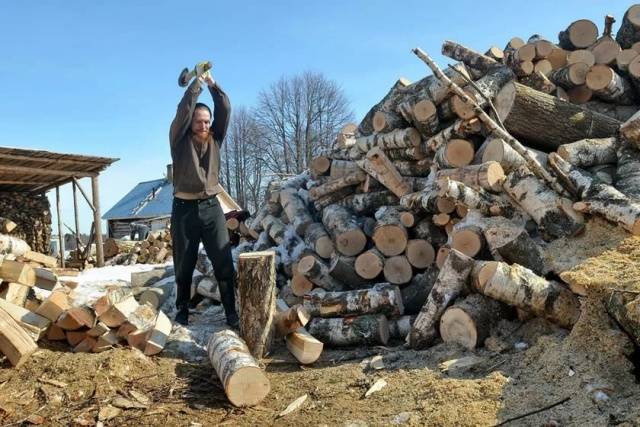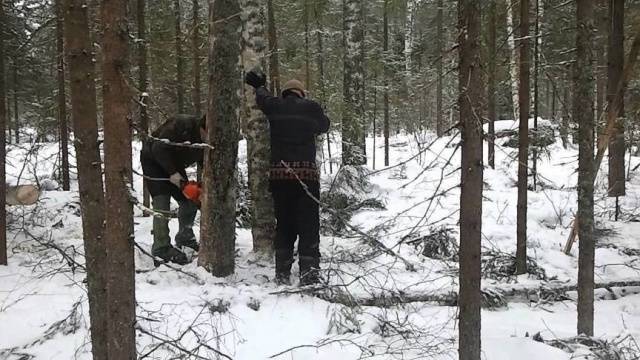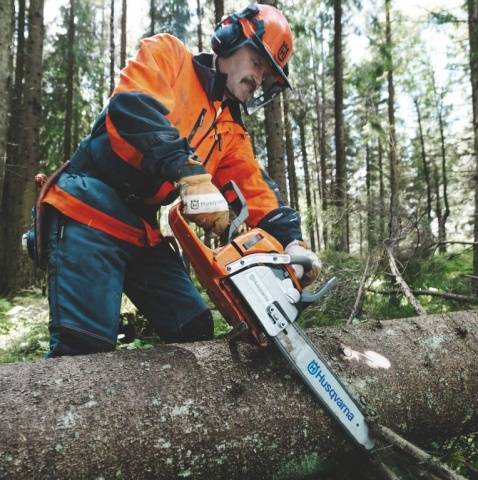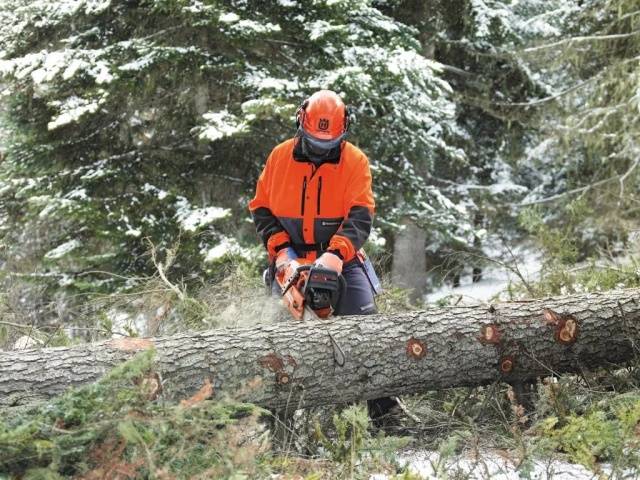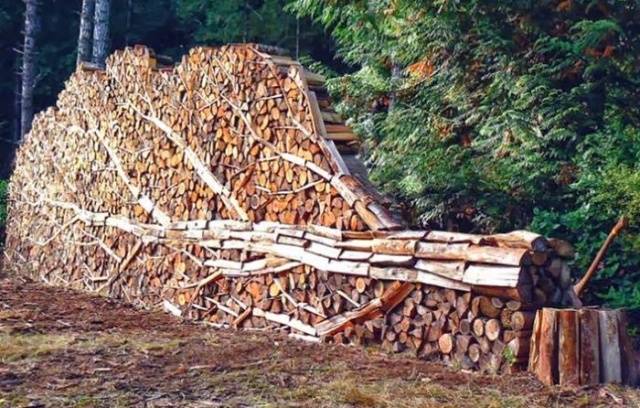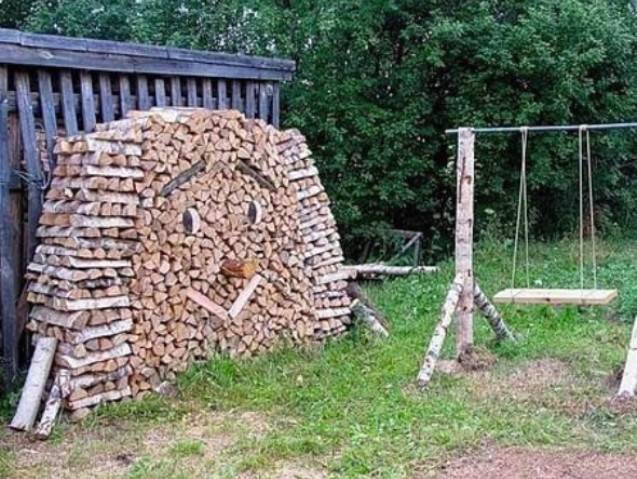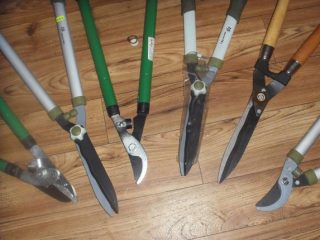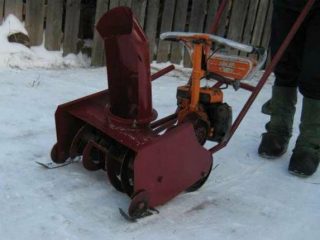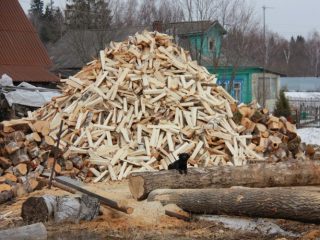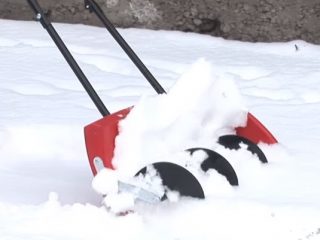Content
Procuring firewood for your own needs is a vital necessity for residents whose homes have stove heating. Firewood is also needed to heat the bathhouse. The amount of fuel will depend on the area of the premises and the climatic characteristics of the region of residence. You can buy firewood from sellers, but it’s no secret that the price from suppliers is often steep. Procuring firewood on your own will cost much less and will not seriously affect the family budget. People with experience know what trees need to be harvested and what time to choose. But collecting firewood for your own needs must meet the requirements of the law. In this article we will try to consider all issues, including legal ones.
When is the best time to go to the forest?
The question of when is the best time to prepare firewood for your own needs is not so idle, because without it you cannot survive in the village in winter. In fact - at any time of the year. But according to tradition, such work is left until late autumn or winter. The fact is that in the old days the peasant did not have the opportunity to prepare firewood in the spring or summer. At this time he was busy in the fields and then mowing. The reason for the winter collection of firewood is not only the seasonal work of peasants. Our ancestors were observant people and always tried to live according to the laws of nature.Why was firewood harvested during the cold season:
- Firstly, with the onset of cold weather, the trees go into a dormant stage and the sap stops circulating. It is for this reason that trees harvested in winter contain less moisture.
- Secondly, at the beginning of winter, when firewood is being collected, there are no leaves left on the trees, and this makes the work much easier. And it’s much easier to follow safety precautions in a transparent forest.
- Firewood prepared in winter for your own needs freezes; when splitting, you need to put in less effort, and the logs turn out even.
- They stock up firewood in winter for their own needs also because during the spring and summer, by the beginning of the heating season, they dry out well. But damp logs not only burn poorly, as people say, “shit”, but also do not provide heat.
Legal issues
A good owner knows how many stoves he has to fire during the cold season. He will not forget about the bathhouse, which is heated once or twice a week. It is necessary to prepare firewood in reserve, because there is no winter after winter, no one can say what temperatures to expect next year.
- After the cubic meters have been sorted out, it is necessary to resolve the issue with the forestry department, because unauthorized cutting of firewood is prohibited by law. It’s better to do everything according to the rules than to pay fines later. Find out how to calculateHow many cubes are needed for the winter can be found in our article.
- The forestry department draws up an agreement on the procurement of firewood for its own needs, and the amount of wood will correspond to the standards established in each region. Having received the contract (it must be paid for), you go with the forester to allocate the plot.
- Procuring firewood for your own needs involves selective cutting. These are dead trees or trees blown down by the wind, as well as those damaged by pests. In the latter case, clear felling is sometimes carried out in order to then replace the forest with new plantings in the spring. Unauthorized harvesting and removal of windfall without permits is prohibited.
- A forestry representative at the plot will mark the trees intended for cutting with paint or make cuts with an ax. Private owners are given a certain time to procure fuel, during which they need to cut, split and remove the firewood from the forest.
Free for your own needs (but you must have a cutting permit in hand), you can harvest thin wood or brushwood, as well as collect residues from cutting trees in plots, because they litter the forest, cause diseases, and are also an excellent “help” for forest fires. Unfortunately, in some regions, residents cannot decide for themselves when it is best to procure fuel for their own needs, since forest districts begin to issue logging tickets only after receiving an order from Moscow.
Stages of collecting firewood for your own needs
So, you have decided on the question of when to harvest firewood and have signed an agreement with the forestry department. Now you have a long and difficult job of collecting firewood in the forest. Lumberjacks divide it into three stages
The first stage - felling trees
Having prepared the necessary tools, and this is a saw, spare parts for it, an axe, you go to your plot. Today, few people use a bow (hand) saw. Most often, chainsaws of various brands are taken into the forest to fell trees. The first stage is tree felling. The file is first made on the side where the tree will fall.Then go to the other side of the forest and cut the tree deeper. It is advisable to work together at the cutting site in order to control the movement of the timber, using a special puff.
Stage two – wood cutting
After the tree has fallen, the branches must be cut off. This procedure can be performed with either a saw or an axe, depending on the size of the wood.
The branches are pulled aside and they begin to log the timber: sawing it into logs for ease of loading. Since the preparation of firewood is intended for heating standard stoves, the height of the logs is limited to 40 or 50 centimeters. If the logs are made longer, then after splitting the logs will not go into the oven.
The collection of firewood in the forest for our own needs has been completed; all other work is being carried out in the yard.
The third stage – splitting and drying
Exported wood fuel must be processed: split and stored in woodpiles. The chocks are split using a regular ax if the chocks are not too thick. For bulky and knotty logs, it is best to use a cleaver.
It is not recommended to put logs directly into the woodpile at, it’s better to throw them in a pile in bulk. In this case, the firewood will be blown by the breeze and dry better.
As a rule, the collection of firewood for one’s own needs takes place in the winter, so even fallen snow will not wet the logs, they will continue to dry.
After a week, you can put the blanks into the woodpile. Most often it is located along the fence.
In addition, pests living in firewood can move onto buildings and begin to destroy the wood.
In the selected location, mark the length and width of the woodpile. There are stakes driven into the sides to prevent the wood from scattering. Bars and stones are laid under the first layer so that the logs do not come into contact with the ground and do not become damp.
Wells are laid along the edge of the woodpile, and then logs are laid in even rows. Some owners, to decorate their yard, lay out real paintings from logs. After all, the wood will have to dry all summer, why not take care of its beauty!
Owners often make special sheds for drying logs, but most leave the firewood in the open air. During the spring and summer months, despite precipitation, they still dry out. In the video, fuel for their own needs is prepared at the end of August:
Conclusion
Procuring fuel for the winter for your own needs is an important and difficult undertaking. When it is best to do this, the residents themselves must decide. But all actions must be legal. If it is possible to do the work in the summer, please do so.
